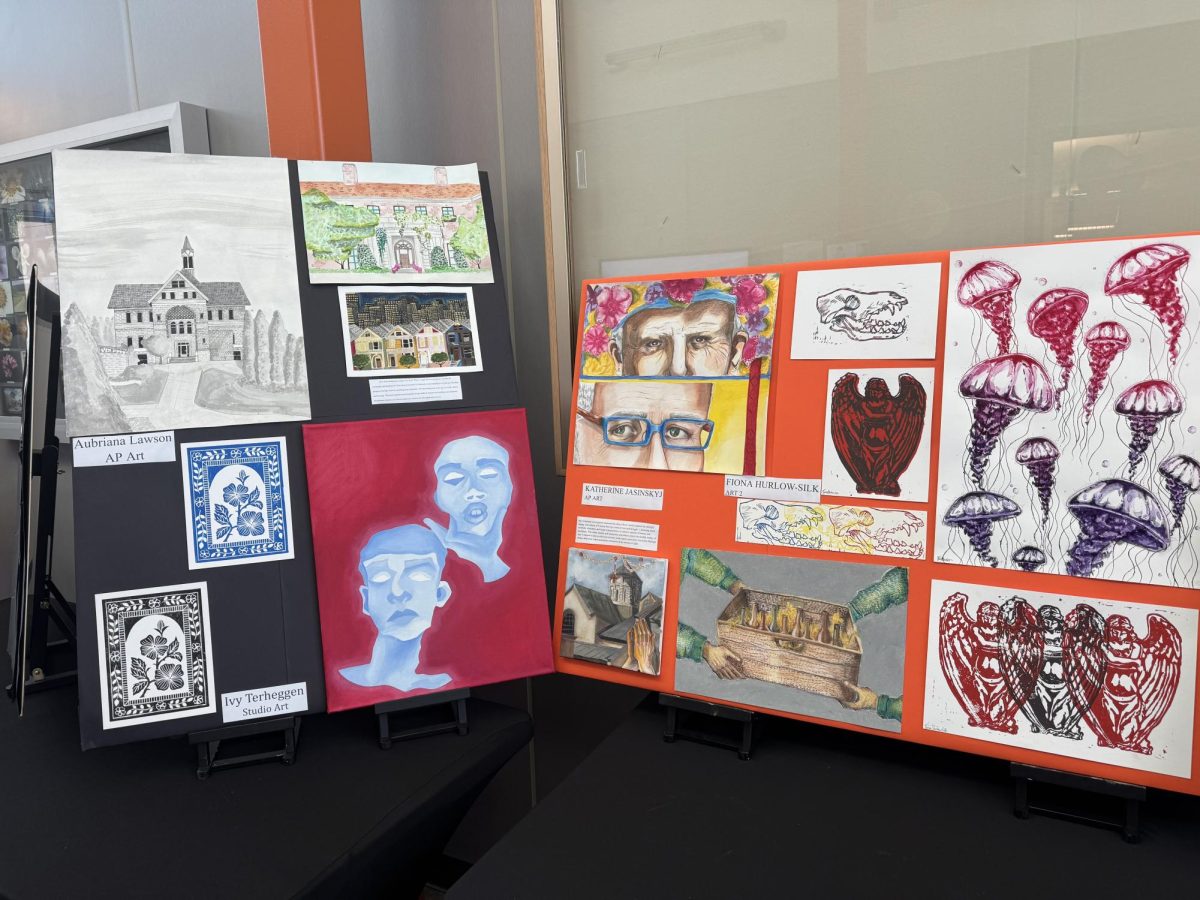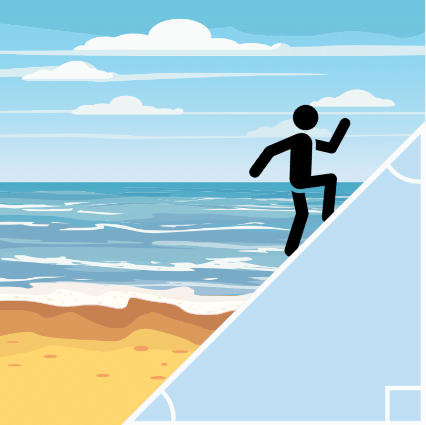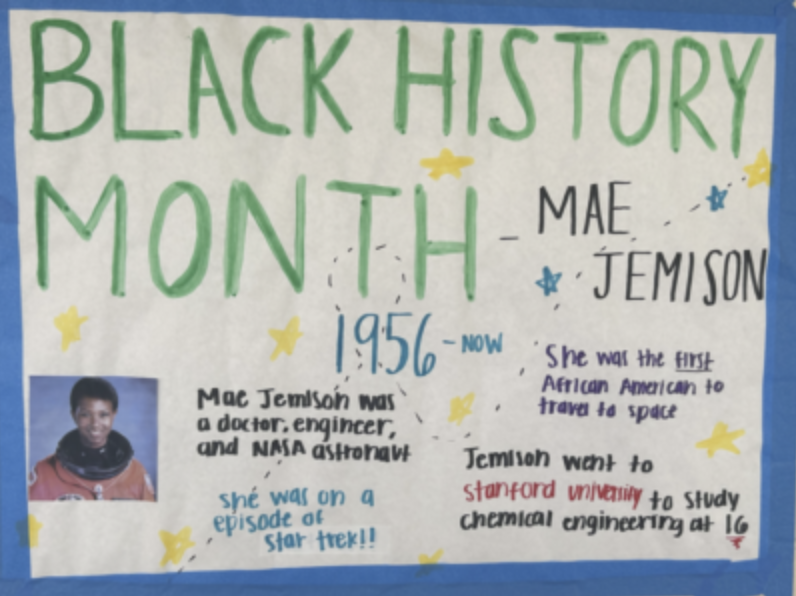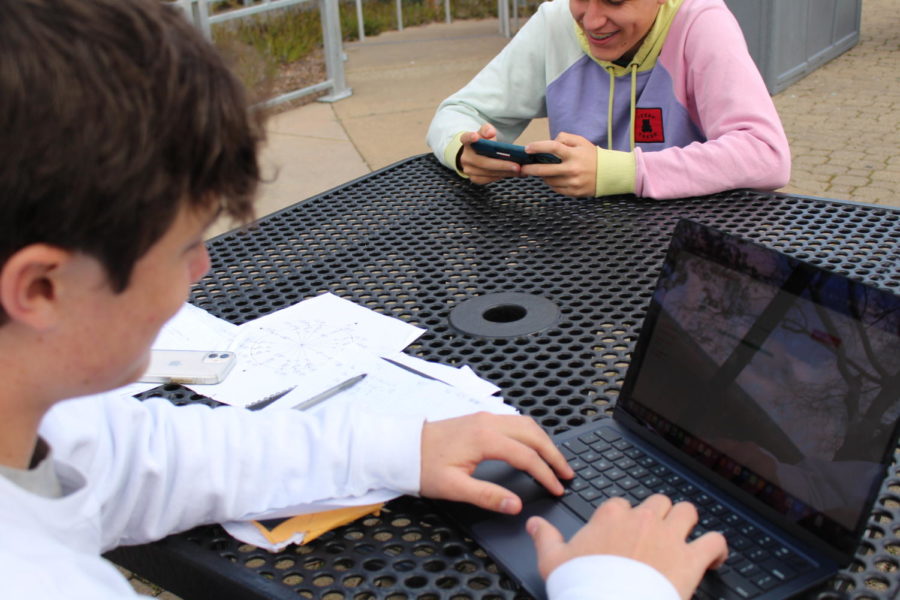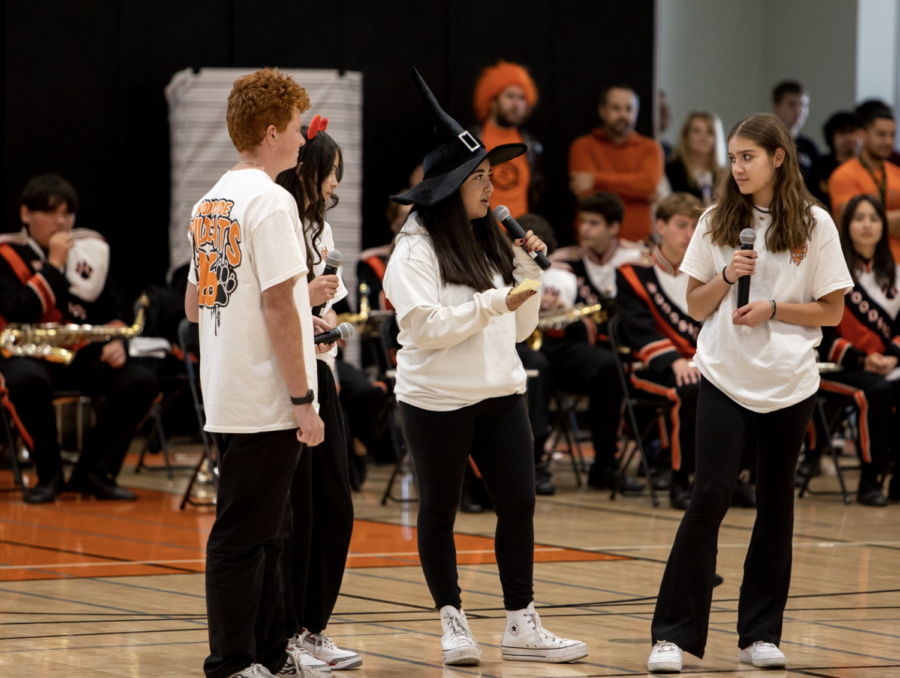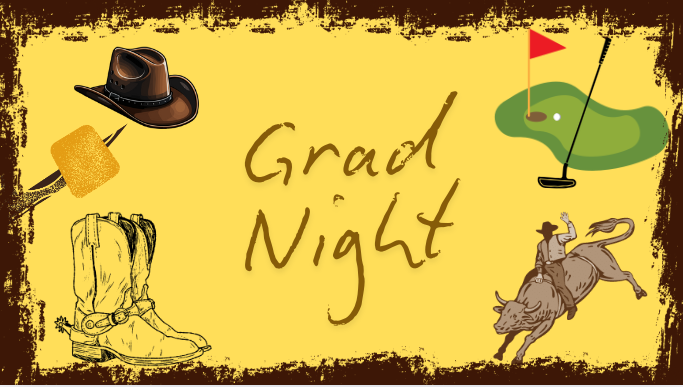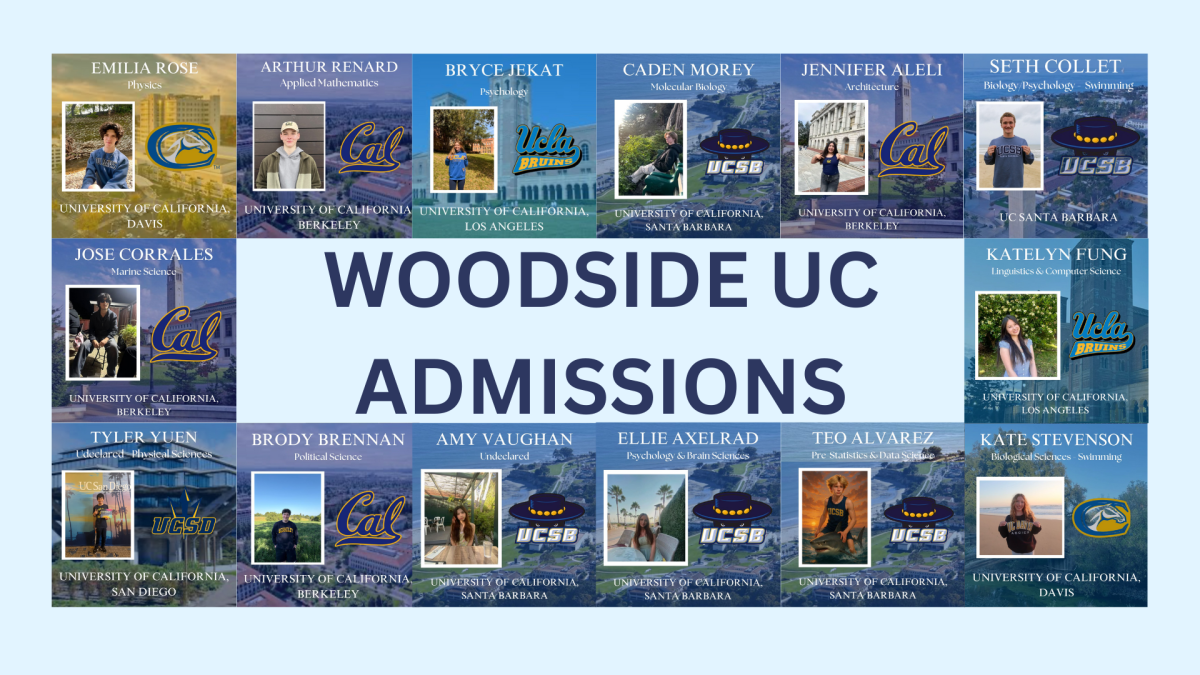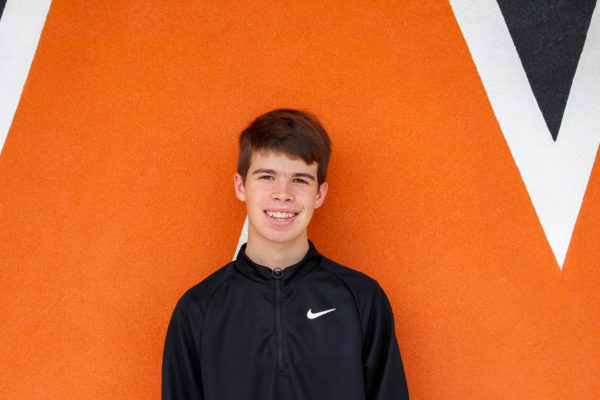Once a month, junior Simon Campbell hops in the car, driving ten minutes to a house in Menlo Park. There, he sits down with a group of 10-15 other like-minded students and discusses topics in philosophy, politics, and culture for two hours—dinner is provided.
Campbell, like many other high school students, spends time outside of school pursuing enrichment intellectually and academically. In fact, over 83% of high schoolers participate in extracurricular activities during high school.
“I’m in the Zephyr Institute philosophy club,” Campbell said. “We meet on the second Tuesday of every month, and we choose a topic and discuss it for two hours. It’s really fun because it’s an exercise in public speaking, but also [an exercise in] learning how to express your ideas and work with other people’s ideas—it is just really fun.”
Extracurricular activities provide a way for students to get out of their school bubble and get some real-world experience. “I wanted to put myself out there a bit more,” Campbell said.
As well as being an enjoyable way to spend time, extracurriculars also lead to better academic performance, character development, and a sense of community. Moreover, extracurriculars can give students experience in actual industries.
“I am part of the KQED Youth Advisory Board,” junior Jessie Lin said. “We work with our mentors, actual producers, and [other people] like that. We pitch ideas for certain topics for Above the Noise, which is a KQED program.”
Often, students engage with extracurricular activities in order to seek out experiences unavailable in a traditional school setting.
“I really wanted real-world experience when it comes to journalism, especially with communications because I’m passionate about politics, and I’m passionate about my community,” Lin said. “I [felt]like this would be a great way to get into the media and get more experience.”
While Lin was looking for experience in the media/journalism industry, junior Justin Lee is interested in pursuing a career in the sciences or medicine. His extracurriculars, he says, reflect his future plans.
“I intern at the Wu Lab at Stanford,” Lee said. “What we do is… mostly designing and testing heart devices… I help assemble the heart simulator… I always knew I wanted to do some type of engineering, and so I wanted to explore a field [involving] biomedical and biological engineering.”
Extracurricular activities often give teens knowledge about particular industries through direct participation. For example, Lee worked on developing a healthier alternative to a Pacemaker, a device that helps regulate heart rhythm.
“We just tested a new type of ring for solving tricuspid-valve issues,” Lee said. “[The ring] is strong and does not [force you] to get a Pacemaker.”
A common worry that students have when considering extracurricular activities is that they may conflict with other time commitments, such as homework, school, athletics, etc. Oftentimes, however, extracurricular involvement will be structured in order to fit the busy schedule of a high schooler.
“With school, I usually spend two to four-ish hours per week working on [Stanford] stuff and then sending it over via Slack when I can’t be in the lab in person,” Lee said.
All in all, extracurricular activities are a popular option for students, allowing them to pursue their passions, meet like-minded people, and investigate possible options for their future.
“I just wanted to meet people who are passionate like me,” Lin said.




